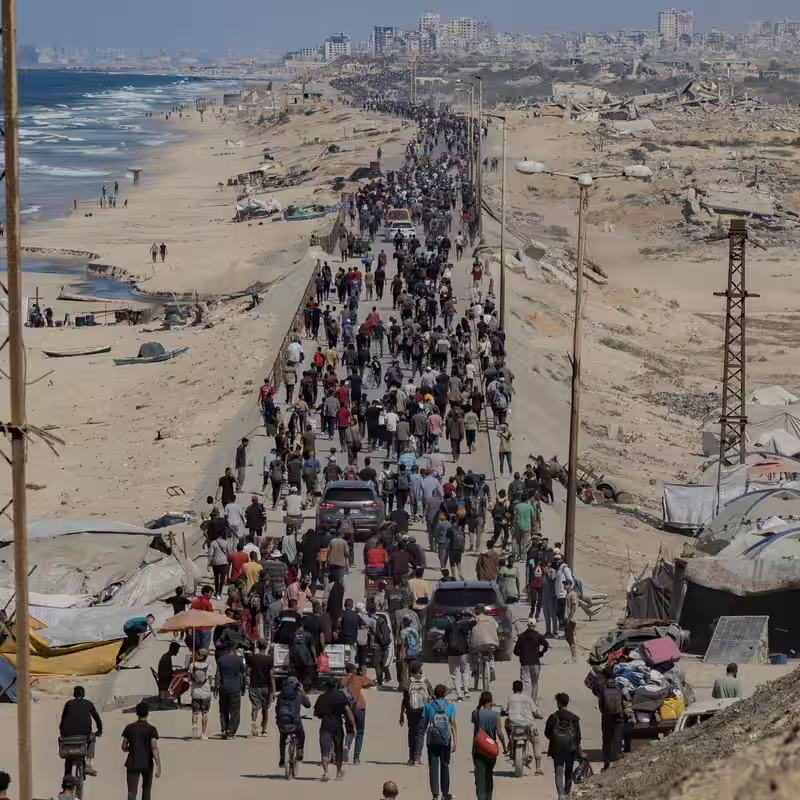Table of Contents
- Cease-Fire Announcement Brings Hope
- Thousands Return to Devastated Homes
- Israel’s Troop Withdrawal: What the Map Shows
- Rafah Crossing to Reopen for Critical Aid
- What Happens Next?
- Sources
Gaza Cease-Fire Sparks Hope After Two Years of War
On Friday, October 10, 2025, a fragile but historic moment unfolded in the Gaza Strip: Israel announced a cease-fire, halting military operations after nearly two years of relentless conflict. The pause in fighting—brokered by international mediators—has raised cautious optimism that this could be the beginning of a more permanent end to hostilities.
According to the Israeli military, the cease-fire is tied to a broader hostage deal, with commitments from both sides to de-escalate. While details remain tightly guarded, early signs point to a coordinated effort to stabilize the region and allow humanitarian relief to flow.
Thousands Brave the Journey Back to Gaza City
In the wake of the announcement, thousands of Palestinians began the long trek from southern Gaza back to their homes in the north—including Gaza City and surrounding areas like Jabalia. Many had been displaced for months, even years, under evacuation orders issued during intense military campaigns.
Images from the ground show families walking along dusty coastal roads—men carrying bundles of belongings, women holding toddlers, older children gripping each other’s hands. Despite the ruins that await them, many described a sense of relief and cautious joy.
“This is the first time I’ve returned since the war started,” said one resident, echoing the sentiment of countless others making the journey.
Israel’s Troop Withdrawal: What the Map Shows
As part of the agreement, Israel has committed to pulling its forces behind a newly defined line in northern Gaza. According to The New York Times, this initial withdrawal marks a significant tactical shift and is intended to create a buffer zone that supports the truce.
The withdrawal line runs just south of Gaza City and Jabalia, effectively ceding control of heavily damaged urban centers back to local residents—at least temporarily. This move is being closely watched by regional and global observers as a potential confidence-building measure.
Rafah Crossing to Reopen for Critical Aid
Another critical component of the deal is the reopening of the Rafah border crossing with Egypt. For months, aid organizations have warned of a worsening humanitarian crisis in Gaza, with shortages of food, clean water, medicine, and fuel.
The Rafah crossing is expected to serve as a lifeline, allowing convoys of medical supplies, food, and reconstruction materials to enter the Strip. Humanitarian groups like the Red Cross and UNRWA have already begun mobilizing logistics teams to coordinate deliveries.
What Happens Next?
While the cease-fire offers a glimmer of hope, many questions remain unanswered:
- Will the truce hold beyond the initial 72-hour window?
- How will security be maintained in areas Israel vacates?
- Will further phases of the hostage deal be implemented?
- Can reconstruction begin amid ongoing political uncertainty?
Analysts caution that past cease-fires have collapsed under pressure, but the current alignment of regional and international interests—including from Egypt, Qatar, and the United States—may provide a more durable foundation this time.
Sources
The New York Times: Gaza Cease-Fire Begins, Israel Says, as Thousands Return to the North




